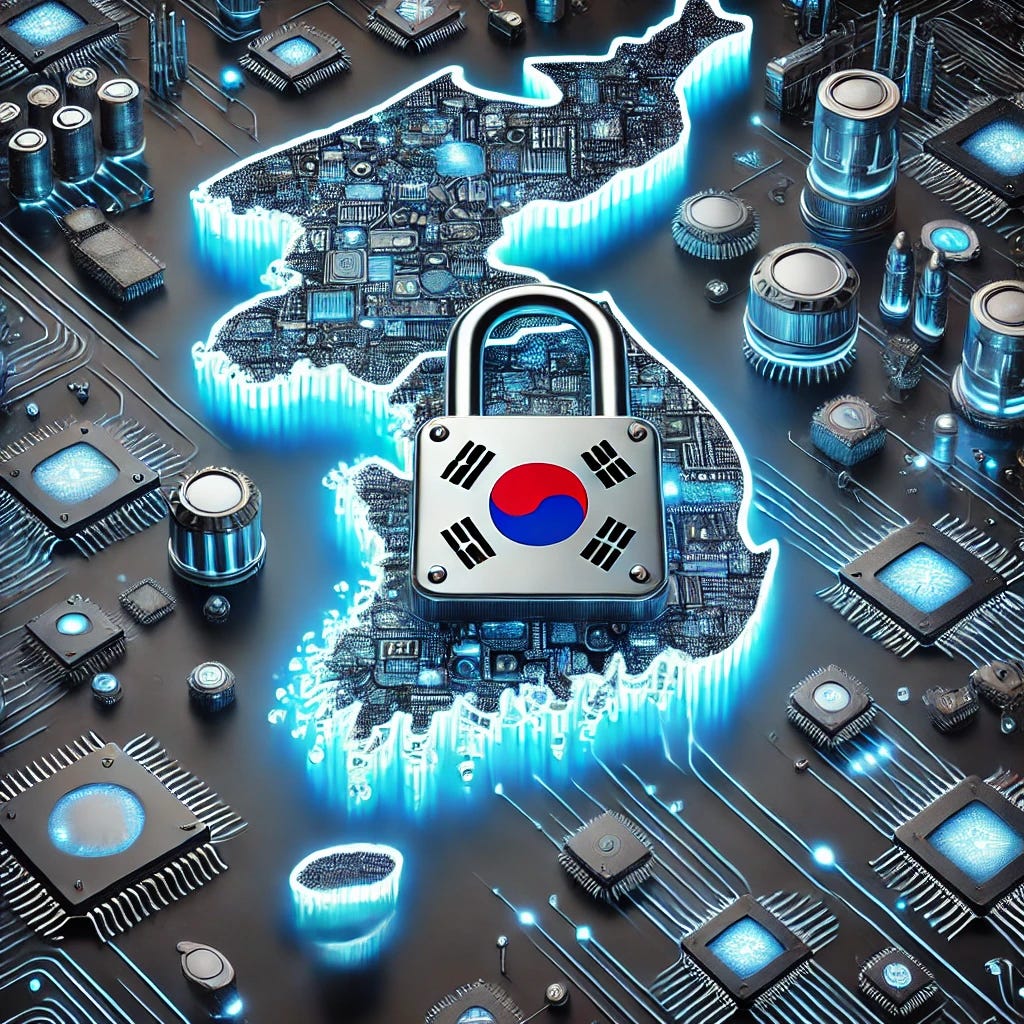South Korea's Thirty-Year Struggle Against Industrial Espionage
...and the challenges that lie ahead.
Welcome to The Spy Hunter newsletter!
Please check out this post to find out more about me, the newsletter, and what to expect from upcoming paid posts.
Thank you and enjoy reading!
South Korea's Thirty-Year Struggle to Combat Industrial Espionage
** Today’s post has been adapted from my article “South Korean Industrial Security Policy: A Review of Commercial Espionage Legislation and Institutional Structures” published in the Journal of International and Area Studies. If you’re interested in learning more, please check out the full article.**
In 1998, a group of engineers quietly slipped out of South Korea with information about a new generation of DRAM semiconductors being developed by Korean tech giants Samsung and LG. Their destination was Nanya Technology, a rising competitor headquartered in Taiwan. By the time South Korean authorities uncovered the scheme, the damage was done: over a trillion won in estimated losses, and a stark wake-up call for a nation just beginning to realize how vulnerable its industrial crown jewels had become.
South Korea has since become a global leader in advanced manufacturing of not just semiconductors, but also batteries, displays, and robotics. But with that rise has come a shadow war of industrial espionage. Trade secrets have quietly changed hands in boardrooms, research labs, and message groups, often going undetected for months or years.
Since the 1990s, the South Korean government has responded to this growing threat with fragmented laws and siloed agencies. Only recently has a more unified, security-minded approach begun to take shape. This article traces South Korea’s evolving battle to protect its most valuable technologies from overseas tech theft—and the challenges it still faces today.
Keep reading with a 7-day free trial
Subscribe to The Spy Hunter to keep reading this post and get 7 days of free access to the full post archives.




